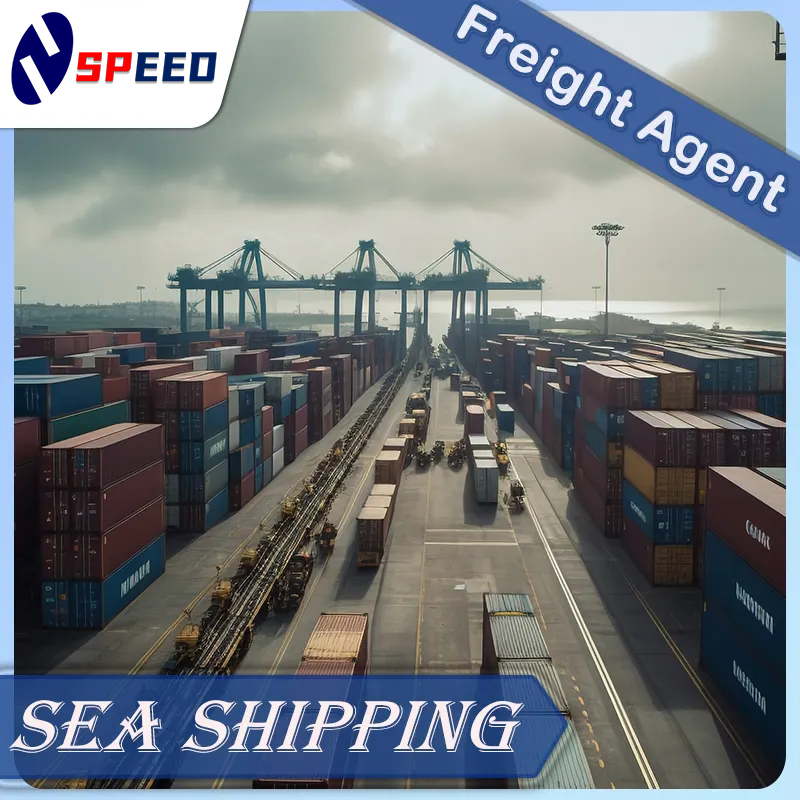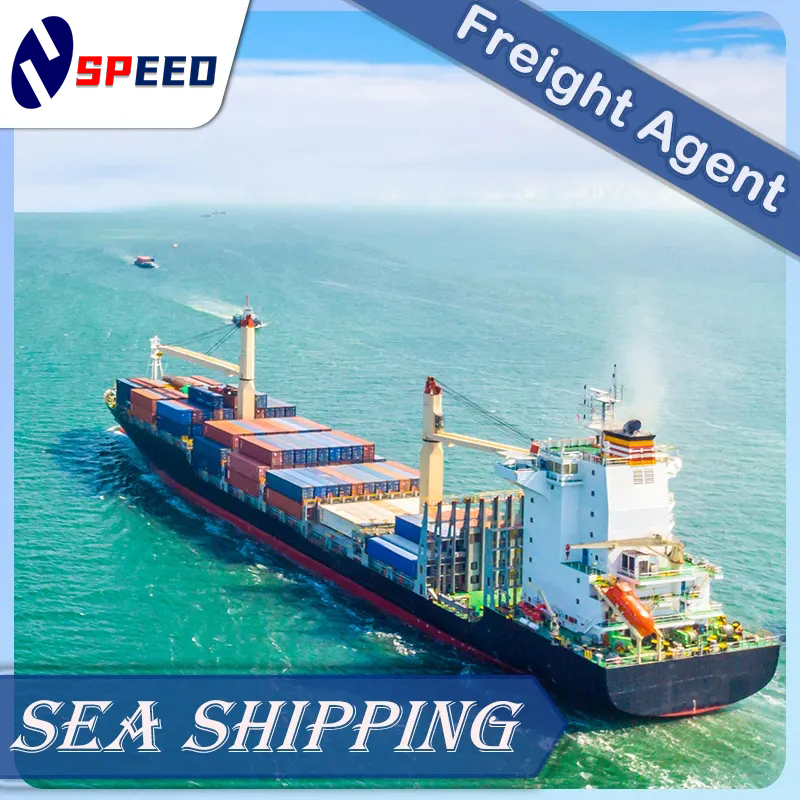Can international sea transit ports be tax-free?
A transshipment port, sometimes also known as a "transshipment port," refers to the port where goods travel from the port of departure to the destination port, passing through a third port during the journey, and transportation vehicles stop, load and unload goods, supply and other operations. The goods are then transferred to another transportation vehicle and continue to be transported to the destination port, which is called a transshipment port. Here, there are both shipping companies that transfer at once and shippers who change orders and transfer due to tax exemption reasons.

The status of a transit port
Transit ports are generally basic ports, so ships docked at transit ports are generally large ships from international shipping main routes and branch ships traveling to and from various ports in the region.
Port of discharge/place of delivery=transshipment port/destination port?
If it only refers to sea freight, the unloading port does indeed refer to the transshipment port, and the place of delivery refers to the destination port. When booking, it is generally only necessary to indicate the place of delivery, and whether or not to transfer or which transfer port to go to is determined by the shipping company.
If it is multimodal transportation, the unloading port refers to the destination port, and the delivery place refers to the destination. Due to different unloading ports incurring different transshipment fees, it is necessary to specify the unloading port when booking.
The wonderful use of transit ports
duty-free
What we need to say here is segmented transfer. The setting of a transit port as a free trade port can achieve the goal of reducing tariffs. If Hong Kong is a free trade port, if goods are transshipped to Hong Kong; Goods that are not subject to special national regulations can basically achieve the purpose of export tax exemption, and there may even be tax refund subsidies.
Hold goods
This refers to transshipment by shipping companies. In international trade, various factors prevent goods from moving forward midway and require holding the goods. The shipper can apply for detention from the shipping company before arriving at the transit port. After the trade issue is resolved, the goods will be shipped to the destination port. This is often relatively easier to operate than a direct ship. But the cost is also considerable.
Transit Port Code
A ship can dock at multiple ports, so there are many entry codes for ships registered at the same dock, which are also subsequent transit port codes. If the shipper fills in the codes casually, the mismatched codes will result in containers not being able to enter the port. If it is matched but not the actual transit port, even if it enters the port and board the ship, it will be unloaded at the wrong port. If it is modified correctly before shipping, the boxes may also be unloaded at the wrong port. The cost of re transportation is very high and may also require high fines.

Regarding the terms of transshipment
In the international transportation of goods, due to geographical or political and economic reasons, goods need to be transshipped at certain ports or other locations. When booking, it is necessary to set restrictions on the transit port. But ultimately it depends on whether the shipping company accepts transshipment here.
If accepted, the provisions for the transshipment port are clear, usually marked after the destination port, usually connected through "VIA" or "W/T (with transshipment at...)". As an example of the following terms:
Port of Loading: Shanghai China
Port of Destination: London UK
In practical operation, we cannot directly treat the transit port as the destination port to avoid transportation errors and unnecessary losses. Because the transit port is only a temporary port for transferring goods, not the final destination of the goods.
